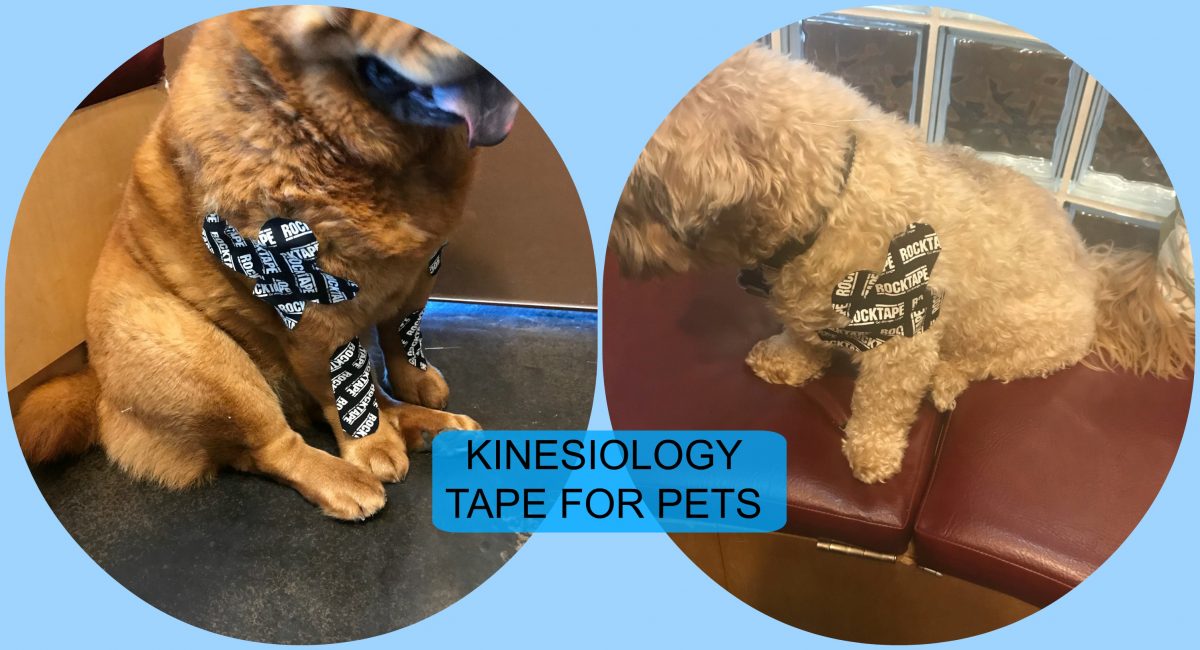The Heart and the Kidney are engaged in a mutually supportive and controlling relationship. Rising Yin of the Kidney cools and restrains the Heart Yang, allowing it to be reigned in to where it can descend and warm the Kidney. Descending Heart Yang warms the Kidneys, preventing them from becoming too Yin, and providing the heat from which Kidney Yin is steamed up to the Heart. Incontinence may arise when the integrity of this relationship is threatened. Sometimes the cause of the break down in communication and exchange between the Heart and Kidneys is a Phlegm obstruction in the Triple Heater. Sometimes, however, it is merely due to a slight decline in Kidney Yin that allows the Heart Yang to flare.
Symptoms of a Heart Kidney disconnect include hyper-excitability, nervousness or exuberance. The hallmark of the condition is incontinence during sleep, when any conscious control of urination (ie.conscious descent of Heart Yang to the Kidneys) is lost, leading to passive urine leakage. Hormonally responsive urinary incontinence is pathognomonic for this type of pathology, since an obvious response to Yin tonics such as stilbestrol clearly signal a Yin deficiency as the cause. The only other sign of Kidney deficiency is often just an aggravation of the incontinence during sleep by a preceding period of heavy exercise.
The goal of the treatment in Heart Kidney disconnection is the descent of Heart Yang to where it can engage with Kidney Yin. Points with that effect are concentrated on the Governing Vessel and include GV 20, GV 14, BL 15, GV 3 and GV 1. The herbal formula used to treat the condition is either HRUI Combination Formula (it contains White Peony Root, Fossilized bone, Panax Ginseng Root, Poria Sclerotium, Acorus Rhizome, Polygala Root, Oyster Shell, and Chinese Angelica Root.
Another option, which is no longer allowed in Canada due to the fact that it has Mantis Egg Casing is called Sang Piao Xiao San (Mantis Egg-Casing Powder):
Sang Piao Xiao Mantis Egg-Casing
Long Gu Fossilized bone (Tortoise Shell)
Ren Shen Panax Ginseng
Fu Ling Poria
Shi Chang Pu Acorus
Yuan Zhi Polygala
Mu Li Oyster Shell
Dang Gui Shen Chinese Angelica
These formulas makes heavy use of calcium rich ingredients, including bone and oyster shell. Likewise, calcium can be increased in the diet of animals with this condition to help descend Heart Yang down to meet Kidney Yin.
Fu Ling helps to calm the Heart as well, allowing it to focus on the Kidney Yin. It also is a mild diuretic, helping to consolidate urine into one stream during voiding. Acorus increases mental alertness while Yuan Zhi reinforces the link between the Heart and Kidneys. Angelica nourishes Heart Blood to help anchor the Shen while Ren Shen tonifies the Heart Qi and bodily Yin while calming the Shen.
*Notes by Dr. Steve Marsden DVM, ND, MSOM, LAc, Dipl.CH., RH(AGH)



